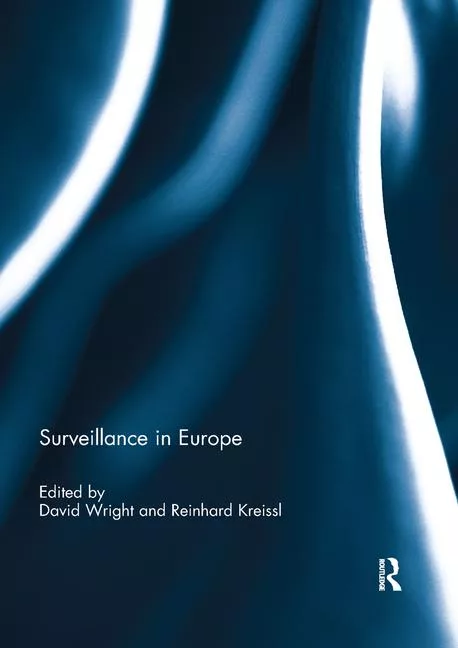Shoplifting Costs U.S. Retailers $40.5 Billion
As the holidays approach and more people are out shopping, they may notice some of the new high tech security that retailers are using to battle theft and shoplifting. According to an annual survey conducted by the University of Florida with a funding grant from ADT Security Services, U.S. retailers lost $40.5 billion to theft last year. The survey measures retail shrinkage defined as a combination of employee theft, shoplifting, vendor fraud and administrative error and found that employee and internal theft account for the largest portions of retail theft followed by loses from shoplifting.
“The dollar loss to retailers from theft is staggering,” said Jeffrey Bean, vice president ADT retail sales and operations. “Retailers are looking for more sophisticated and integrated security technology solutions to help limit loses, lower costs and keep prices down.”
Conducted annually since 1991, the survey included responses from 150 corporate retail chains and shows that employee theft accounted for $19 billion in losses or 47 percent of the total. Shoplifting accounted for about $13 billion or 32 percent of the total this year. The remainder is due to vendor fraud and/or administrative error. The dollar amount per incident of employee theft is declining, but the dollar amount for shoplifting is rising which is commonly attributed to an increase in Organized Retail Crime (ORC). The survey report shows that the amount of loss due to shoplifting is rapidly approaching the total losses from all personal property crimes, according to the most recent figures by the U.S. Department of Justice -- Bureau of Justice Statistics.
Loss rates were highest in retail sectors including cards, gifts, floral and novelty items. Books and magazines, accessories and supermarket and grocery sectors also showed an above average rate of loss according to the survey. Jewelry, watches and furniture reported the lowest loses.
Many retailers already use security cameras, but one of the newest continuing trends is to switch from video tapes to digital recording in stores giving retailers far more flexibility in recording and reviewing events. Remote and live video recording of cameras is another trend allowing retailers to record events centrally at a headquarters location and review them live or at a later time. Point-of-Sale (POS) monitoring is also on the increase allowing retailers to collect and analyze information on every transaction identifying trends and unusual patterns in each store.
Integrating cameras with loss prevention hardware and POS software is another growing trend allowing retailers to connect video images to events as they happen. For instance if a cashier has a “no sale” transaction and opens the cash draw, a camera will record the event. Or, if someone leaves the store with an active security tag on a product, a recording of the event will be saved for review at a later time. This gives the retailer an even clearer picture of events in a store, so actions can be taken to correct the situation, if necessary.
“As in last year’s survey, retailers expect to substantially increase the amount of technology they will be using in their stores,” said University of Florida criminologist Richard Hollinger, Ph.D., who has directed the National Retail Security Survey for the last 16 years. “The types of loss prevention systems they indicate that they will be adding all involve newer, more sophisticated technology.”
To combat increases in ORC some retailers are working with centralized data bases to record incidents and study the patterns and behaviors of organized retail criminals. The FBI Organized Retail Crime task force maintains a data base and works with retailers.
“There are a number of new technology tools available to help retailers operate more efficiently including intelligent cameras and software that can also help detect criminal activity, ,” said Bean. “The more retailers can limit crime and improve their operations, the greater the benefit to shoppers in the form of lower prices and a safer shopping environment with greater access to more items conveniently displayed in the open.”
Looking for a reprint of this article?
From high-res PDFs to custom plaques, order your copy today!





